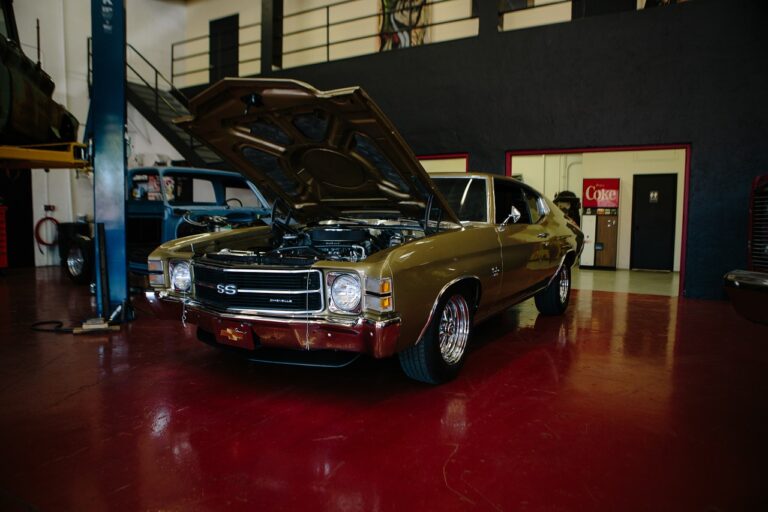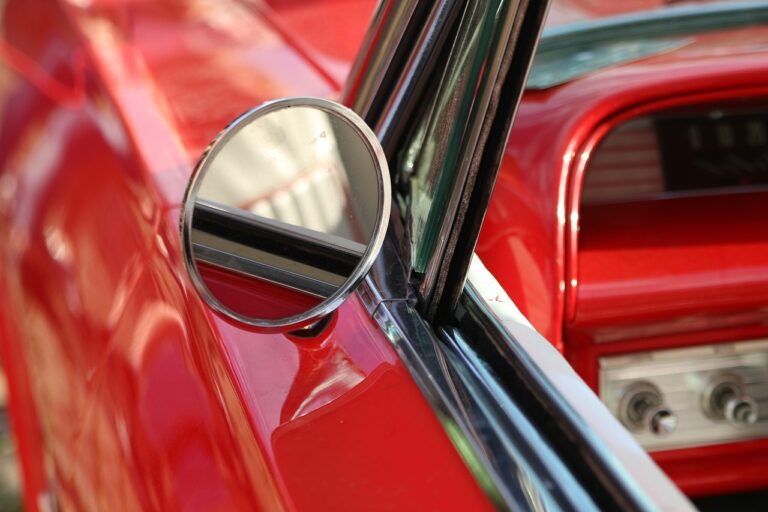Sustainable Materials in Auto Manufacturing: A Greener Future
In traditional auto manufacturing, a variety of materials are utilized in the production process. These materials typically include steel, aluminum, plastics, glass, rubber, and various other components. Steel is commonly used for the car’s body structure, providing strength and rigidity, while aluminum is used for parts that require lightness and corrosion resistance. Plastics are used for interior components and exterior trim pieces, offering flexibility in design and cost-effectiveness.
Glass is used for the windows and windshield of the vehicle, providing visibility and safety for the driver and passengers. Rubber is commonly used for various seals, belts, hoses, and tires in the vehicle. These materials play a critical role in the functionality, safety, and aesthetics of traditional automobiles, each serving a specific purpose in the overall production of the vehicle.
Environmental Impact of Traditional Auto Manufacturing
In traditional auto manufacturing, the production process heavily relies on various raw materials such as steel, aluminum, plastic, and rubber. The extraction and processing of these materials significantly contribute to environmental degradation through increased energy consumption, water pollution, and the generation of greenhouse gases. Moreover, the disposal of waste materials from manufacturing plants further exacerbates the environmental impact by leading to land and air pollution.
Furthermore, the reliance on fossil fuels for powering manufacturing plants and transportation in traditional auto manufacturing results in the emission of harmful pollutants such as carbon dioxide, nitrogen oxides, and sulfur dioxide. These pollutants not only contribute to air pollution but also play a major role in climate change by trapping heat in the atmosphere. As a result, the environmental impact of traditional auto manufacturing extends beyond the production phase and affects the overall ecosystem health.
What are some of the materials used in traditional auto manufacturing?
Some of the materials used in traditional auto manufacturing include steel, aluminum, plastic, rubber, glass, and various chemicals for paints and adhesives.
What is the environmental impact of traditional auto manufacturing?
Traditional auto manufacturing has a significant environmental impact due to the extraction and processing of raw materials, energy consumption during production, generation of waste, and emissions of greenhouse gases and other pollutants.
How does traditional auto manufacturing contribute to air pollution?
Traditional auto manufacturing contributes to air pollution through the burning of fossil fuels for energy, emissions from industrial processes, and transportation of materials and finished vehicles.
What are some ways to reduce the environmental impact of traditional auto manufacturing?
Some ways to reduce the environmental impact of traditional auto manufacturing include using recycled materials, improving energy efficiency in production processes, reducing waste generation, and transitioning to alternative energy sources.
Is there a shift towards more sustainable practices in auto manufacturing?
Yes, there is a growing trend towards more sustainable practices in auto manufacturing, such as using electric vehicles, implementing circular economy principles, and investing in renewable energy sources for production.





